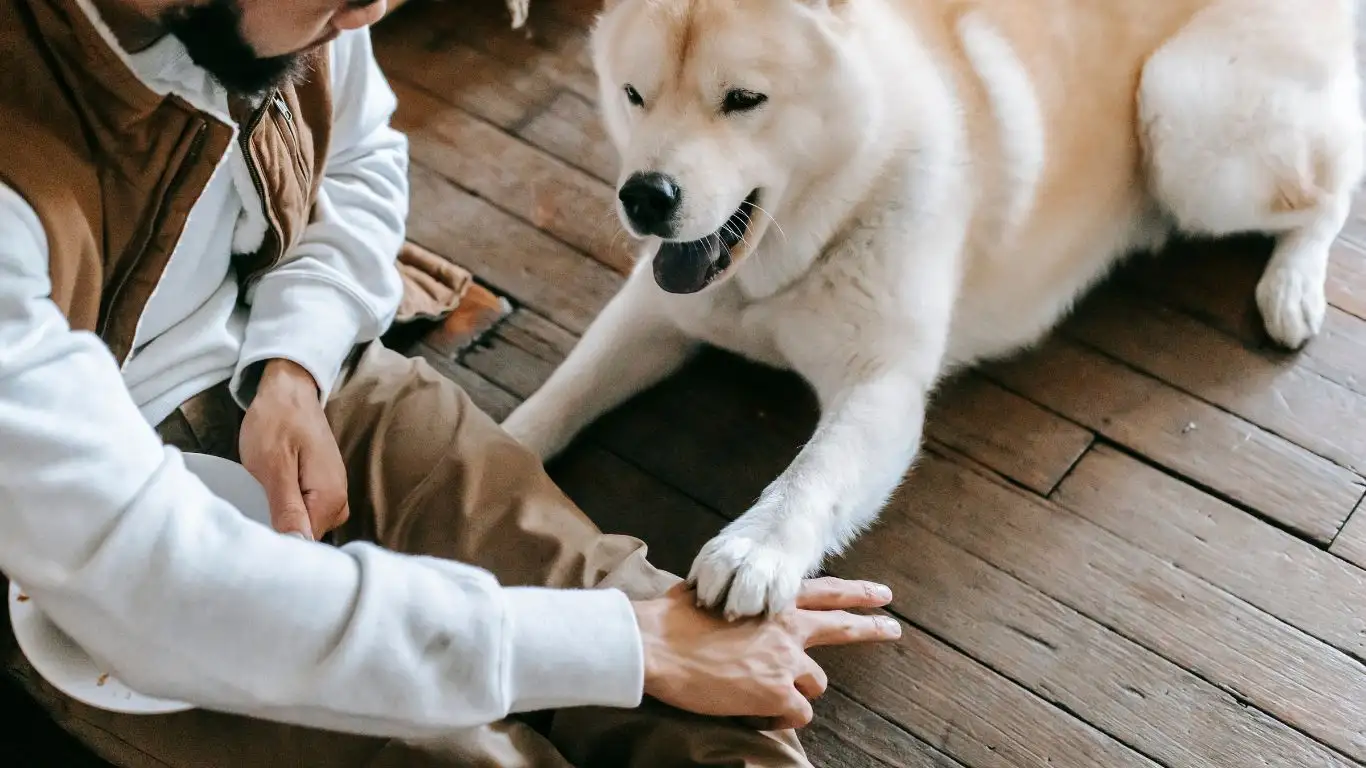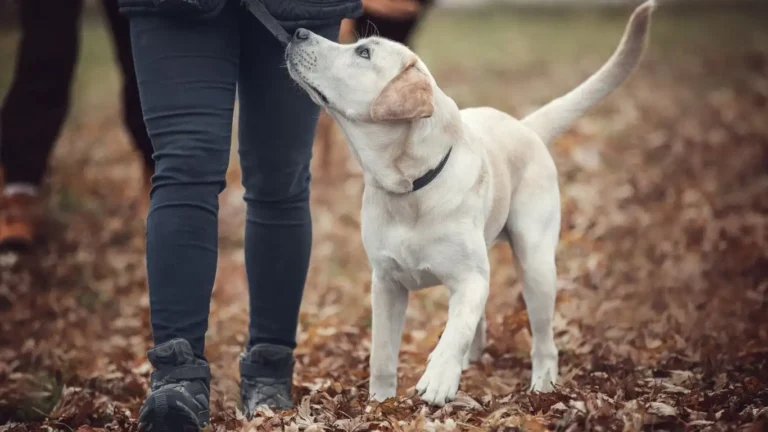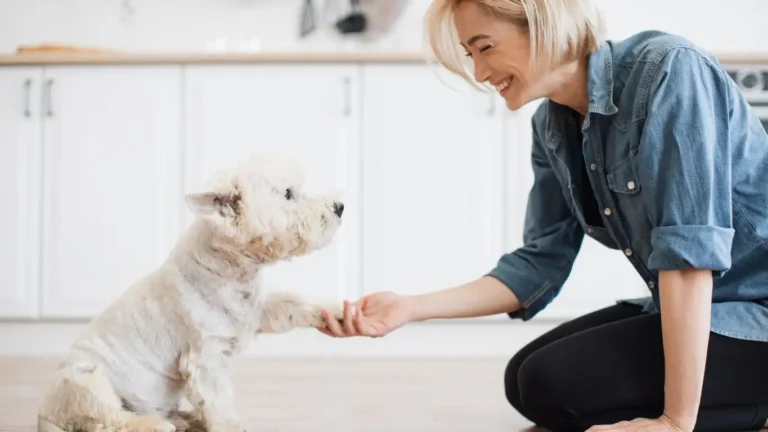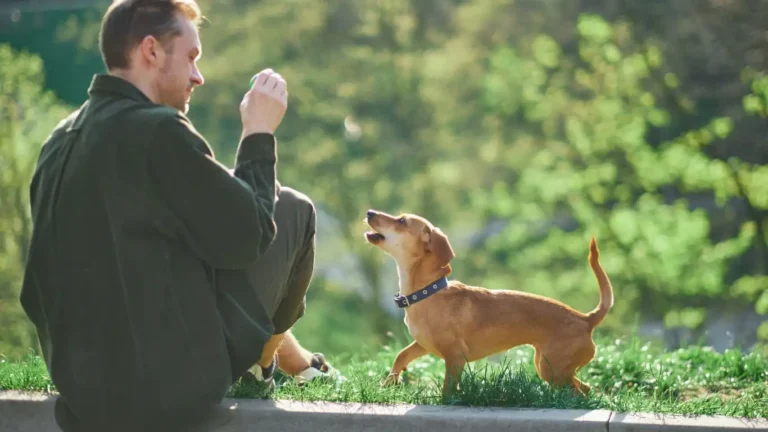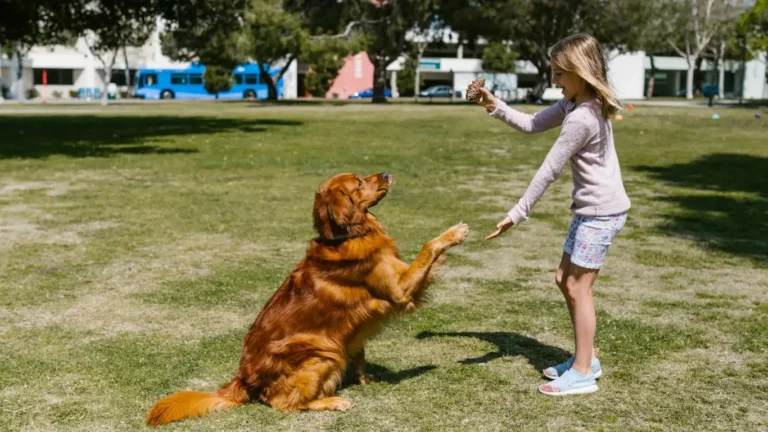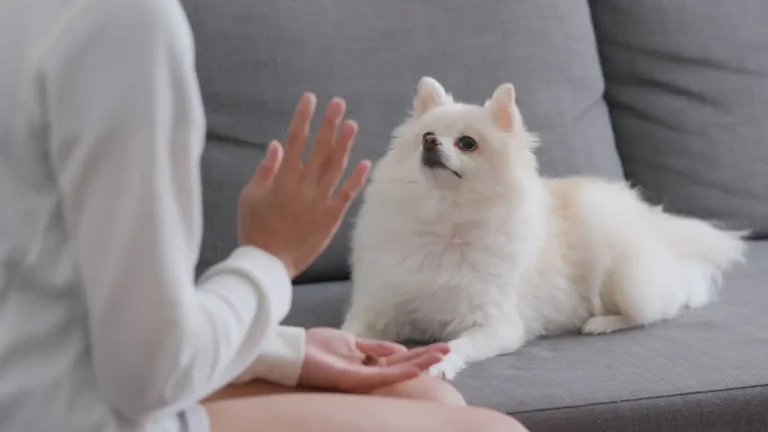Easy Way to Train Your Dog to Sit Before Drinking Water
Training a dog to sit while waiting for water might seem like a small task, but it can make a big difference in your pet’s behavior and your daily routine. Teaching this command helps your dog learn patience, builds obedience, and strengthens the bond between you and your furry friend. It’s also a helpful way to prevent overexcitement or spilling during water time, which is especially important for households with children, elderly family members, or multiple pets.
Understanding Your Dog’s Mind and Body
Dogs are creatures of habit and instinct. Understanding how they learn and behave makes training easier and more effective. When you ask a dog to sit, you’re working with both their mental and physical systems. Mentally, they need to focus and respond to your voice or hand signal. Physically, they need coordination and muscle control to stay still in one place.
Canines are motivated by rewards, especially food, praise, and affection. Their brains release feel-good chemicals like dopamine when they get something they want. This is why positive reinforcement—giving a treat when your dog sits—works so well. Dogs also learn through repetition, which means practicing consistently is key.
Every dog is different. Breed, age, health, and past experiences can all affect how easily your dog learns. Younger dogs usually have more energy and shorter attention spans, while older dogs may need more time due to stiffness or hearing loss. Don’t worry—most dogs can learn this skill with the right approach.
How It Works: Teaching Sit Before Water
To train your dog to sit before getting water, you’re creating a routine that ties a behavior (sitting) to a reward (getting a drink). This kind of training uses a concept called “classical conditioning”—the same method used in basic obedience commands.
Dogs naturally get excited around food and water. These are high-value rewards that make perfect motivators for teaching polite behavior. When your dog learns to connect the act of sitting with receiving water, they begin to wait calmly rather than rushing or barking.
The key is timing. You must give the reward (the water bowl) immediately after the correct behavior (sitting), so your dog understands what earned the reward. This helps the dog link cause and effect.
Common Steps for Teaching Sit Before Water
- Choose a quiet spot: Begin in a low-distraction area where your dog can focus on you without interruptions.
- Use a leash if needed: If your dog tends to jump or rush, a leash can help manage their movement.
- Hold the water bowl in your hand: This shows your dog what they want, but don’t set it down just yet.
- Ask your dog to “sit”: Use a firm but friendly voice. You can add a hand signal if your dog already knows it.
- Wait for the sit: Don’t give in if they whine or jump. Wait calmly until your dog sits, even if it takes time.
- Reward right away: Once they sit, gently place the water bowl down and allow them to drink.
- Repeat several times a day: Consistency is essential. Practice before every water break if possible.
Over time, your dog will start sitting automatically when they see you bring the water bowl. That’s a sign your training is working!
Why a Dog Might Struggle to Learn This
Some dogs pick up training quickly, while others take more time. That’s normal. Here are a few reasons your dog might have trouble learning to sit before getting water:
- High excitement: Dogs that get overly excited around food or water may struggle to stay still.
- Inconsistent training: If different family members follow different rules, your dog can get confused.
- Poor timing: Rewarding too late can weaken the connection between behavior and reward.
- Physical discomfort: Hip pain, arthritis, or other issues can make sitting uncomfortable for some dogs.
- Previous bad habits: If your dog is used to charging the bowl, it may take longer to unlearn that pattern.
Don’t worry if your dog doesn’t get it right away. Be patient and stay positive. Training takes time, especially when changing old behaviors.
When to Talk to a Professional
If your dog continues to struggle despite consistent training, it might be time to ask for help. Certified dog trainers, especially those with experience in positive reinforcement, can offer personalized advice and solutions.
- Consult your vet if your dog seems uncomfortable sitting or avoids it entirely. There could be a medical reason like joint pain or injury.
- Look for a trainer if your dog becomes aggressive, overly anxious, or seems fearful during training.
- Consider a behaviorist for dogs with a history of trauma or extreme behavior challenges.
With the right support, even the most stubborn pups can learn new habits. Don’t hesitate to ask for help if you need it.
Encouragement for Pet Parents
Training your dog to sit before getting water might take a little time, but it’s a great first step in creating a well-mannered pet. You’re not just teaching a trick—you’re building trust and communication with your dog. That makes life easier and more enjoyable for both of you.
Start slow, use praise and patience, and don’t be afraid to ask for support if you get stuck. Every dog can learn—they just need the right teacher. And that teacher is you.
